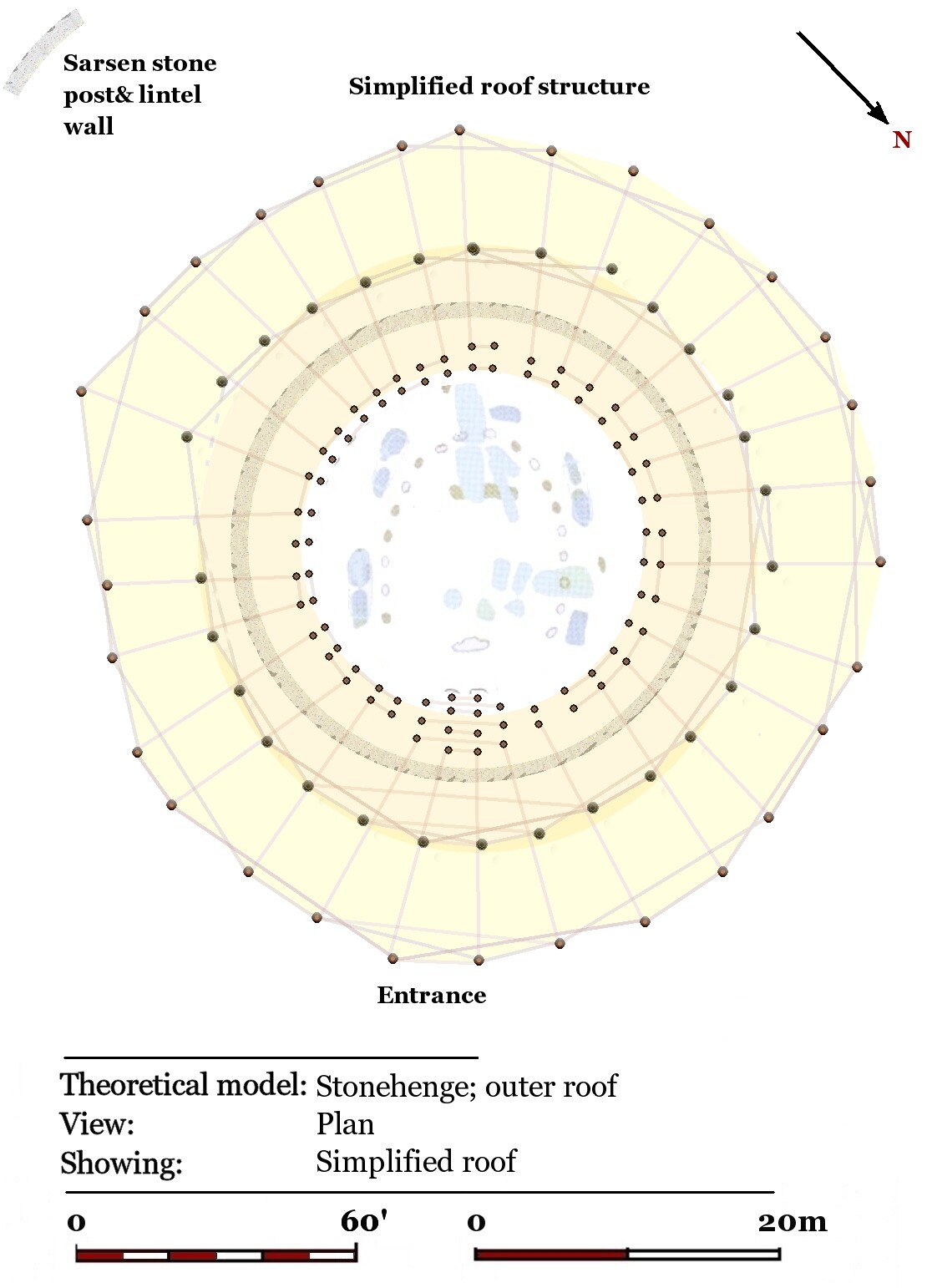
Click the above logo to return to the main site
Another drawback is the lack of the precise mixture that the Romans followed. It might take years of experimenting to discover the full formula
This new study says the scientists found significant amounts of tobermorite growing through the fabric of the concrete, with a related, porous mineral called phillipsite.
The researchers say that the long-term exposure to sea water helped these crystals to keep on growing over time, reinforcing the concrete and preventing cracks from developing.
"Contrary to the principles of modern cement-based concrete," said co-author Marie Jackson from the University of Utah, US, "the Romans created a rock-like concrete that thrives in open chemical exchange with seawater."
REASONS FOR DESIGNATION
Walpole Bay Tidal Pool, one of two tidal pools designed by Margate's borough engineer in 1937, constructed in concrete blocks reinforced by reused iron tram rails, is listed at Grade II for the following principal reasons: * Structural engineering interest: an ambitious project because of its scale, the weight of each concrete block, and that work needing to be carried out day and night because of the tides; * Scale and design: impressive in scale and shape, occupying 4 acres and three sides of a rectangle, the sides 450 feet long diminishing towards the seaward end which was 300 feet long; * Social historical interest: provided an improvement to sea bathing at the period of the greatest popularity of the English seaside; * Degree of intactness: intact apart from the loss of the two diving boards which do not often survive; * Group value: situated quite near the remains of the 1824-6 Clifton Baths (Grade II), an 1935 lift and the other 1937 tidal pool.
It is an interesting feature that in the case of Walpole Bay pool, there are copious pure fresh water springs arising from the beach within the confines of the walls and the pool is continuously overflowing by the supply of fresh clean water from the floor of the pool.

The scale of these structures clearly implies they were built at the limit of what was considered prudent by builders in Prehistory. This is a craft that was several thousand years old, and by this period we have evidence of a new elite who would normally be expected to express wealth and power in the built environment.
My presumption is that Stonehenge was a temple built to house the Bluestones.
The unprecedented use of a stone load-bearing wall, and pillars in the centre, is a technological approach reminiscent of Mediterranean Europe, suggesting imported craftsmen.
Users browsing this forum: No registered users and 37 guests